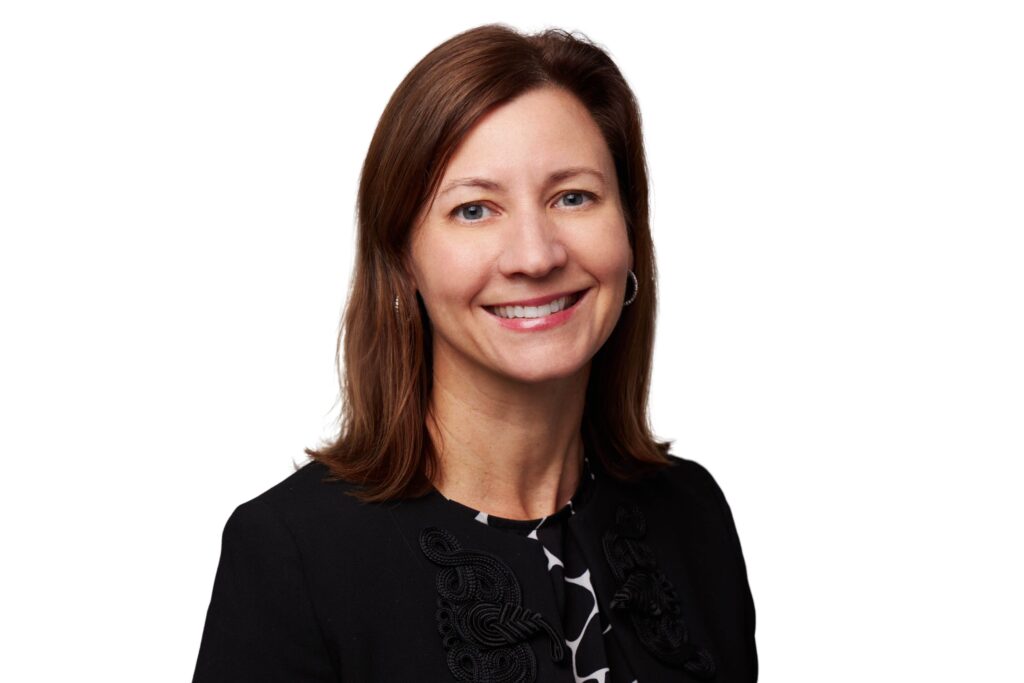
Verisk PCS takes this year’s climate risk initiative award for its central role in the Titania Re III catastrophe bond, the first insurance risk transfer transaction to include an embedded carbon offset derivative.
Ariel Re sponsored Titania Re III to provide $125m of cover for named storms and earthquakes in all US states, US territories Puerto Rico and the US Virgin Islands, and Canada for three years.
But the deal, brokered by Howden Tiger, also addresses an under-discussed issue in insurance: the behaviour of claimants in replacing damaged property.
At the moment, there are no obligations on policyholders to spend their pay-outs on climate-friendlier solutions.
Titania Re III mitigates this missed opportunity by buying carbon offsets equivalent to the benefit that would have come from rebuilding or replacing buildings and vehicles with those which have a less damaging carbon impact.
To make this work in practice, PCS developed a method for understanding and quantifying the carbon impact of claimant decision-making. This was used as the basis for a carbon offset derivative, which operates like an industry loss warranty (ILW) that settles in carbon offsets. As with the cat bond itself, the derivative is triggered on the basis of a PCS industry loss index. This aligns the carbon offset mechanism with the underlying cat bond.

“A strong commitment to ESG principles, industry leadership, and an eagerness to truly innovate were crucial to the completion of the first real ESG catastrophe bond,” says Alex Mican, Verisk PCS’s head of global strategy and growth.
“Ariel Re had the vision and commitment to the idea, and Howden Tiger expended considerable effort to make the ESG feature a reality.”
Mican says investors are becoming more interested – and insistent – on ESG following the transaction and related discussions in the market.
“With time, we hope to see this initial proof of concept grow into something more sophisticated and dynamic. The ice has been broken on the index side and we expect more transactions to embed the ESG component,” he adds.





